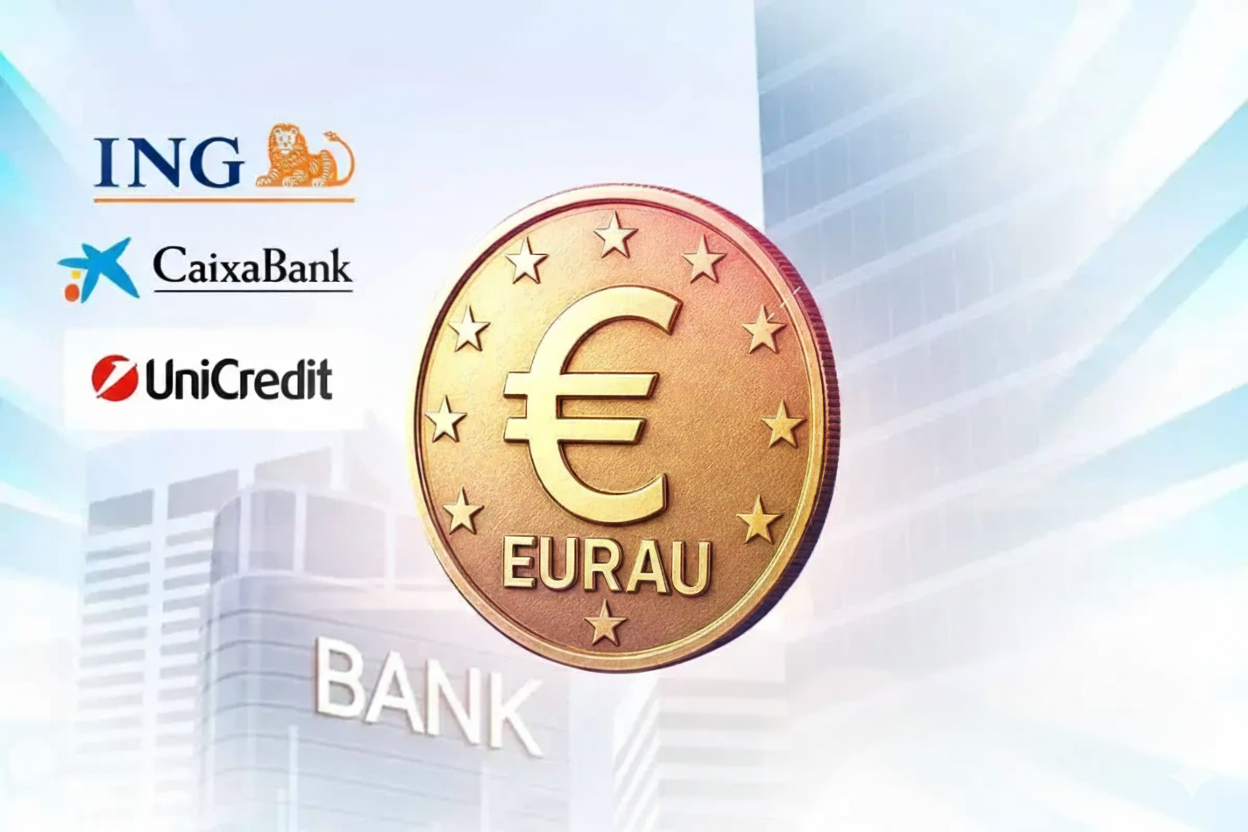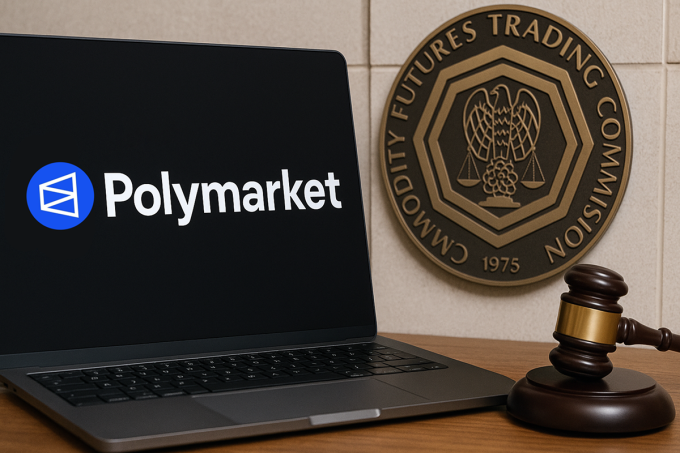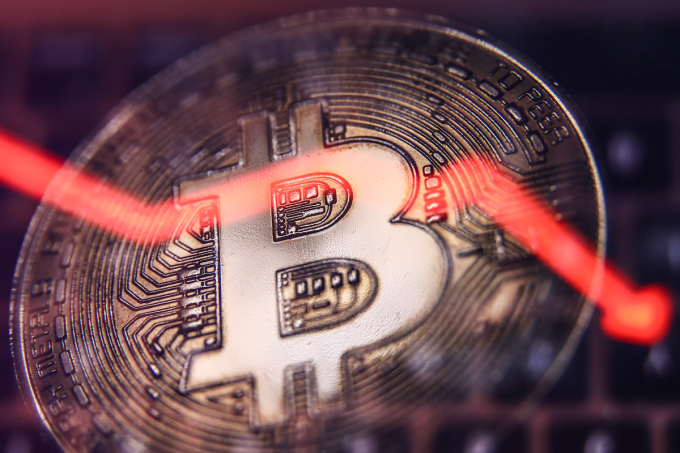Key Points:
-
ING, UniCredit, and seven other banks are collaborating on a euro stablecoin set to launch in 2026.
-
The initiative aims to provide a MiCA-compliant, European alternative to U.S.-dominated stablecoins.
-
The project is positioned as part of the EU’s strategic push for digital payment sovereignty.
European Banks Push for a Local Digital Currency Standard
Dutch banking giant ING and Italy’s UniCredit are among nine European banks spearheading the creation of a euro-pegged stablecoin, in a move designed to align with the EU’s Markets in Crypto-Assets (MiCA) framework. The stablecoin is slated for release in the second half of 2026 and is being positioned as a trusted payment standard within the region’s fast-evolving digital economy.
The initiative underscores Europe’s ambition to establish greater autonomy in digital payments, while countering the dominance of dollar-backed stablecoins such as Tether (USDT) and Circle’s USD Coin (USDC). By anchoring the token in MiCA’s regulatory framework, the project seeks to offer investors, consumers, and merchants a stablecoin underpinned by clear legal protections and banking-grade oversight.
Broad Coalition Across the Eurozone
The stablecoin project is backed by nine banks from eight EU member states, including Spain’s CaixaBank, Denmark’s Danske Bank, Austria’s Raiffeisen Bank International, Belgium’s KBC, Sweden’s SEB, Germany’s DekaBank, and Italy’s Banca Sella, alongside ING and UniCredit.
To manage the initiative, the group has formed a new entity headquartered in the Netherlands. This central body will oversee technical development, compliance, and operational rollout across the EU. The move demonstrates how European lenders—long cautious in their approach to blockchain—are beginning to take coordinated steps toward digitization in the payments sector.
Regulation as a Competitive Advantage
Unlike most global stablecoins, which are primarily issued by private U.S.-based companies, the euro stablecoin will be built from inception to comply with MiCA, the EU’s landmark crypto regulatory package that comes into force in 2024.
MiCA establishes rules on reserve management, transparency, and consumer protections for issuers of stablecoins. For participating banks, this regulatory clarity could serve as a competitive edge, ensuring confidence among both institutional and retail users wary of the risks highlighted during past crypto market shocks.
According to market research from the European Central Bank, euro-denominated stablecoins currently represent less than 1% of the global stablecoin market. The planned initiative is designed to fill that gap and prevent reliance on foreign payment infrastructures.
Strategic Autonomy and Market Implications
The launch also aligns with the European Union’s broader goals of “strategic autonomy” in payments, reducing dependency on the U.S. dollar in cross-border settlements. If successful, the project could reshape how European merchants, fintech platforms, and consumers interact with digital currencies.
Analysts note that the timing may be favorable: with stablecoin transaction volumes topping $7 trillion globally in 2023, the market is primed for a euro-denominated competitor. Still, adoption will depend on integration with merchants, digital wallets, and payment rails—areas where Visa and Mastercard currently dominate.
Looking Ahead: Opportunities and Challenges
The euro stablecoin initiative faces both promise and uncertainty. On one hand, it could strengthen the euro’s role in the global digital economy and offer European consumers a regulated, low-cost alternative for cross-border transactions. On the other, the project must overcome technological, regulatory, and adoption hurdles, including interoperability with existing payment systems and potential competition from a future digital euro issued by the European Central Bank.
For now, the coordinated move by ING, UniCredit, and their peers signals that Europe’s largest banks are no longer content to watch from the sidelines. Instead, they are betting that regulatory clarity and cross-border collaboration will make Europe a leader in stablecoin innovation.













https://shorturl.fm/f2lNk
https://shorturl.fm/ex1Jy
https://shorturl.fm/5NR8D